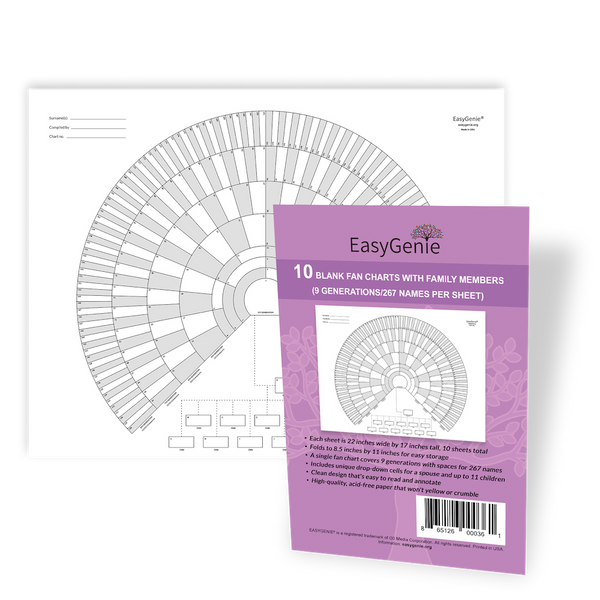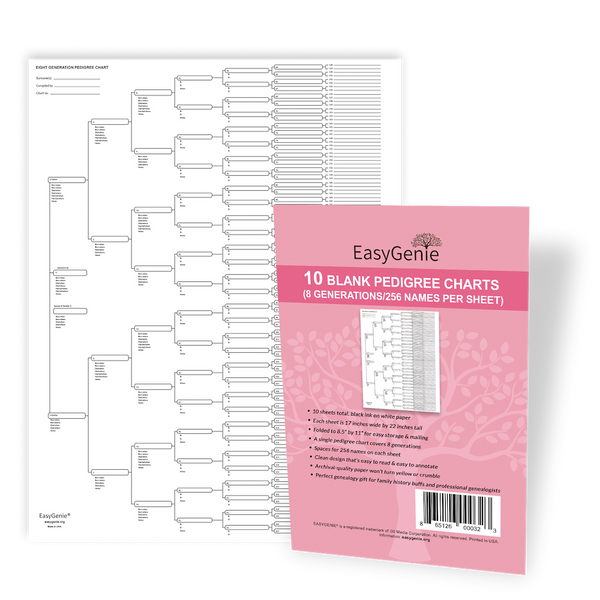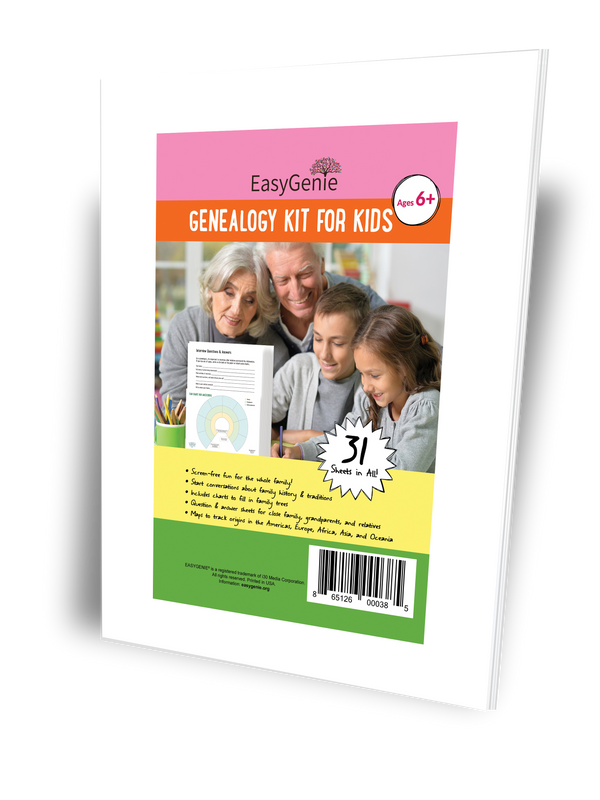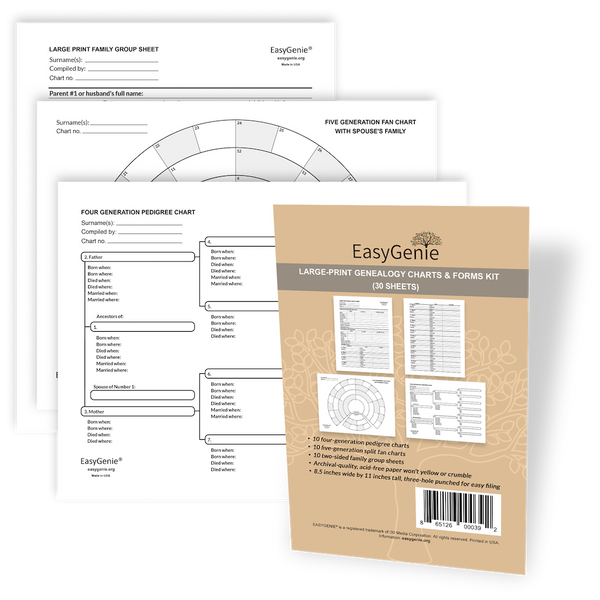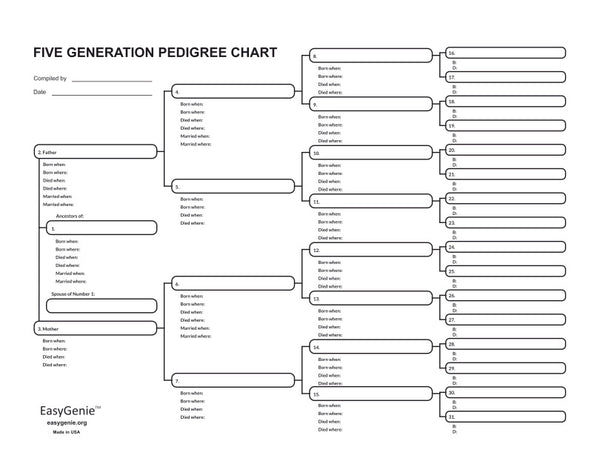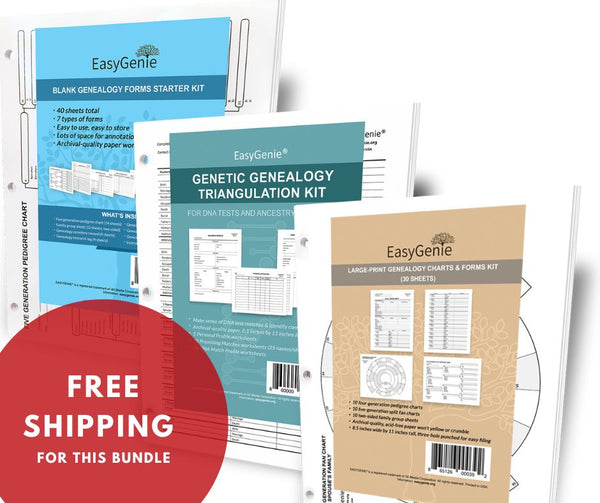
Lessons for genealogists in Saroo Brierly's search for his birth family in India
Ian LamontEarlier this month, Nicole and I watched Lion, a tearjerker of a movie on Netflix. While it’s not the first movie to have an orphan as the protagonist, the story is beautifully told, and is based on the real-life experience of Saroo Brierly, captured in his memoir, A Long Way Home.
The 2016 film was nominated for six Oscars, including standout performances by Dev Patel and Nicole Kidman. It also has a genealogy angle that has lessons for others researching family history.
Saroo was a 5-year-old boy in India in 1986 when he became lost hundreds of miles from home. Growing up in a single-parent, poor household with no access to education, he had no way to clearly articulate details about his family or his hometown. Saroo ended up being adopted by an Australian family the following year.

He never forgot his birth family, though. And as he became a young adult, he became determined to discover his origins.
Saroo had no access to his birth certificate or other documentation. He didn’t know the full names of biological family or his hometown, or even his home province. But he did have a few childhood memories, and he also realized that technology could some day help him find answers. So he started compiling what little information he knew:
- Architecture of his hometown
- Geographical features
- Local animals
- Cultural traditions
The movie shows how one tool in particular helped him connect the dots: Google Earth. But another special aspect of the movie was the depiction of the struggle that Saroo - and many other adoptees - face when searching for their birth families. In Saroo's case, how would his parents, particularly his mother, feel about this?
More than once, I have heard about adoptees waiting until their adopted parents have passed before looking in earnest. Saroo was able to find a balance, though. “I am so privileged to have two mothers,” he later told an audience at RootsTech. “A mother that birthed me, and a mother who gave me a second chance in life.” He was later able to bring them together:

What’s the big takeaway for other family researchers? When Saroo’s journey of discovery started, he knew almost nothing about his origins other than a few words and some childhood memories.
But he knew that technology would improve to the point where it could someday help find answers. And that’s exactly what happened, once Google Earth became available:

Everyone reading this has brick walls. Maybe you have tried to conquer them through traditional genealogy or a promising new technology. If these methods fail to deliver answers, don’t give up hope. Sometimes it’s a matter of an emerging technology evolving into a mature platform. At other times, it might be the quality of the data improves by more people taking DNA tests, uploading their trees, or services like FamilySearch expanding their online collections.
When offered an opportunity to write a book about his experience, Saroo was reluctant at first. After all, this was a private, personal story. But then he considered the fact that there are many others in similar situations.
“If you’ve got knowledge and information to empower and educate, then why not share it?” he said. “I made a choice, I took a chance, and I made a difference.”
If you are interested in learning more about Saroo’s story, check out his 2019 RootsTech keynote, which starts at the 29 minute mark:

